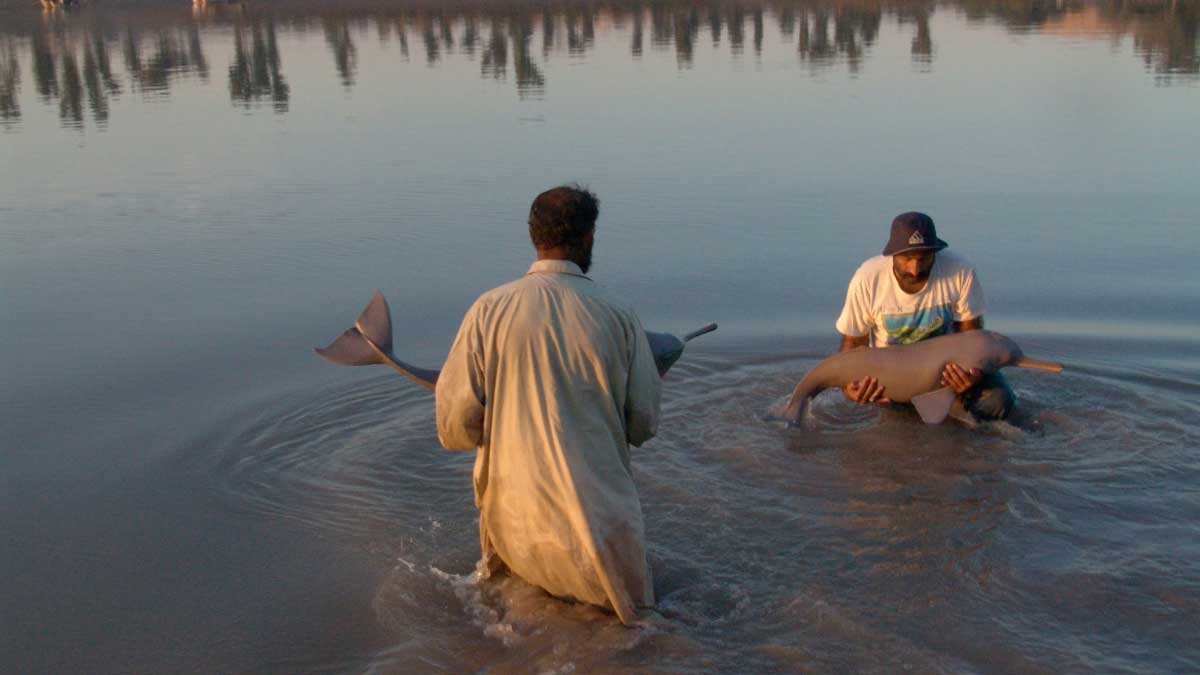WWF-Pakistan and Engro Foundation, the social investment arm of Engro Corporation, will be mutually working together for the conservation and management of the endangered Indus River dolphins.
As per the sources, the project will be focusing on the primary habitat of the approximately 500 km long Indus River that stretches between Taunsa and Sukkur barrages. This area is the habitat of almost 1,800 Indus River dolphins and overlaps with the Indus Flyway, which is an important route for migratory birds.
Moreover, the area has vast ecological and cultural importance as the Guddu – Sukkur stretch is a secured region, Indus Dolphin Reserve, and was stated a Ramsar wetland under the Ramsar Convention on Wetlands and Key Biodiversity Area (KBA). In the same way, the Taunsa – Guddu River section is the habitat of the second-largest Indus dolphin population of 660 individuals.
Read more: Three Indus river dolphins get satellite tags in a pioneering study
Almost 90 percent population of the Indus River dolphin, smooth-coated otters, eight species of freshwater turtles, hog deer, and fishing cats are being supported by the chosen project area supports. The area and the neighboring wetlands provide a home to many endangered and threatened migratory birds as well.
Since the Indus River dolphin is the topmost predator and grounding species of the river, the protection of this specie will help the conservation of the other important species such as migratory birds and freshwater turtles.
In this regard, Engro Foundation in collaboration with WWF-Pakistan will work towards conservation, protection, and management for the viable population of the Indus River dolphin and its habitat with the help of internationally developed and tested tools and technological advancements.
Besides, the allies will also be undertaking a complete dolphin survey, as well as awareness and outreach efforts to foster commitment from the government, communities, and other stakeholders, to attain the desired project consequences.
Likewise, the project has the intention to create a durable relationship of the residents i.e. civil society, communities, students, teachers, and youth, with the Indus River and its related biodiversity through monitoring of the river’s health constraints and biodiversity (dolphins, turtles, migratory birds).
The project will also support diversifying the prevailing livelihoods of the fisherfolk and other local wetlands-dependent communities to reduce the burden from the riverine resources.





















